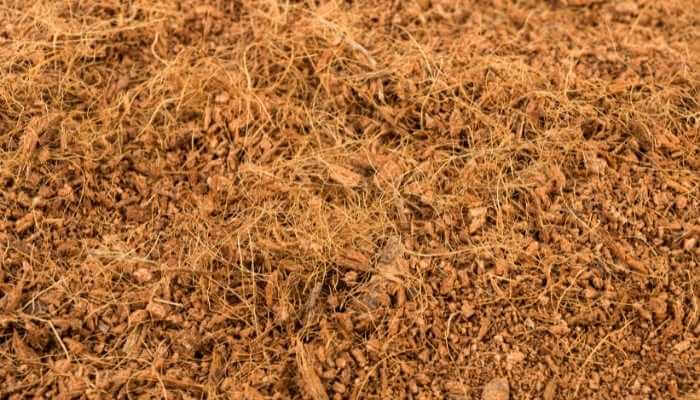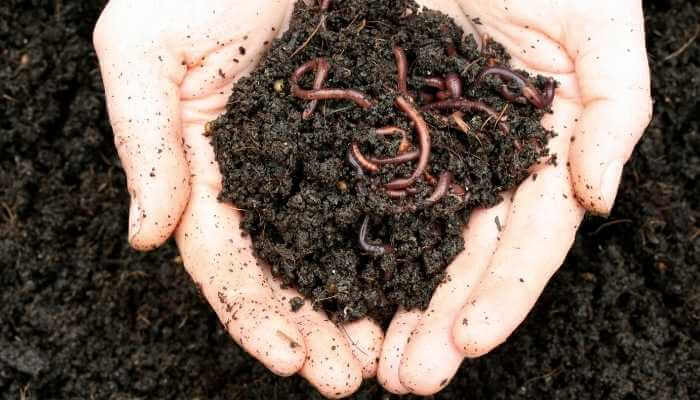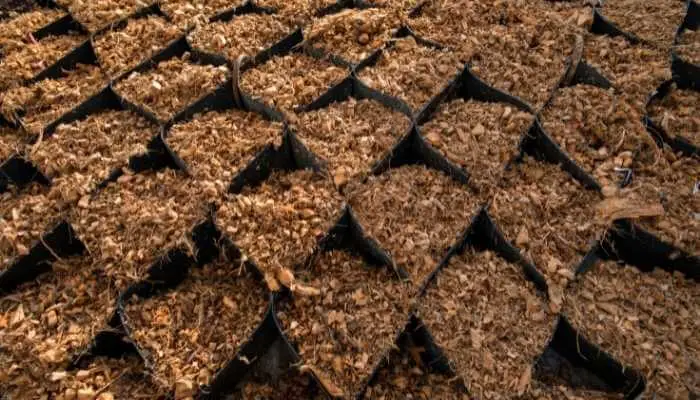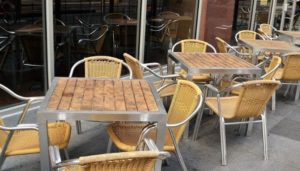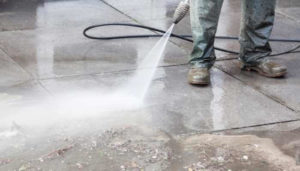This dynamic, sustainable material has been something I’ve researched for my own backyard boosting recently. I’ve been sharing my information with you on this website. But there are so many uses for it, that I wanted to add another article to showcase more.
Coconut coir has a lot of obvious agricultural applications, but those aren’t the only uses of the material. For instance, coco coir can be used for mushroom farming, reptile bedding, growing microgreens, seeding, manufacturing products, hydroponics, oil spill clean up, and composting.
At this point, you should all know what coconut coir is, if you don’t I have an article for that! Let’s go further and look into the specifics of these uses for coconut coir.
How Is Coconut Coir Prepared for Growing Mushrooms?
Farming mushrooms has always been a challenge. That’s because mushrooms have to grow on a substrate that is kept moist. The mushrooms grow from this substrate and are not to be watered themselves at all. Because the substrate has to remain moist, it becomes a breeding ground for things like bad fungi like mold and mildew or bacteria.
Coco coir retains moisture while being resistant to most bacteria and other nuisances that can ruin a crop of mushrooms. One block can expand to 10 times its original size once it absorbs water and is actually set out. So you get a lot of substrate from a small package. It can be reused and when it’s given all it can for growing, it can be used in composting. So it’s a great substrate for growing mushrooms, definitely!
How to Use Coconut Coir for Tortoises and Other Reptiles
Once again, the fact that coco coir is so non-toxic and resistant to most viruses, bacteria, and larger fungi helps make it perfect for yet another use – the bedding for reptiles. Depending upon the pet you have, the coco coir can be left dry or you can add a bit of moisture to it. So your reptile will be kept nice and cozy in this natural bedding.
You can add just enough water to loosen up the coir from the brick it comes in for reptiles that prefer dry climates and you can leave your coco coir damp for those that prefer humid climates. Both the fibrous version and the pith can be used, giving your reptile something soft to land on and dig in. It’s also easy to replace when your reptile soils their bedding.
How Is Coconut Coir Used for Seeding? Can I Grow Microgreens in Coconut Coir?
If you can use coco coir for seeding, you can use it for growing microgreens. Why? Microgreens are basically the result of seeding a substrate and letting the plants germinate then open up. They are seedlings before leaf development and replanting. They are sometimes 40x more nutrient-dense and have a better flavor than adult plants.
When you are planting for growing seedlings to be transplanted, you allow for some space between the plants, but with microgreens, they can be grown in a dense carpet. So all you need is coco coir pith placed in a 1 – 2 inch deep container that has holes in the bottom.
You spray it with water and sprinkle the seeds on top. Then, cover the seeds with another layer of coco coir, just not as thick. Keep the top moist and out of harsh sunlight. Once the sprouts are there, keep it thoroughly moist and the harvest is inevitable.
What Are Some Other Uses for Coconut Coir?
Coconut coir has been used in the manufacture of ropes, mats, and carpeting for years and years. It’s especially useful for doormats because it absorbs moisture from shoes.
Obviously, pith and chips are used for greenhouse growing and can be mixed with other amendments to make a great growing mix and are specifically good for certain plants. This is the most obvious use of coco coir.
Because the process for making Rockwool may be carcinogenic, growers began trying to replace it for hydroponically growing their roses with coconut coir (the fibrous version) after the turn of the century. This has led to the full-scale use of coconut coir in the hydroponics industry.
It’s also a good material to use as bedding for worm composting. I would argue that coco coir pith is the very best material to use in your worm composting bin. It’s natural, non-abrasive,
Because of its ability to absorb quickly, coco coir is also used as an industrial and shop setting as a spill absorbent. Building on this use, some companies are developing a use for coco coir in cleaning up oil spills. Because it is a natural material, floats, will absorb oil in reference to water, absorbs such a large amount of material, and is biodegradable coconut coir pith is an excellent material for cleaning up oil spills in the ocean.
As you can see, there are plenty of uses for coconut coir in this day and age! Maybe you know about something I’ve not mentioned? If so, let me know! Until then, I hope my articles have taught you a thing or two and like me, you plan on using coco coir in your backyard somewhere!



